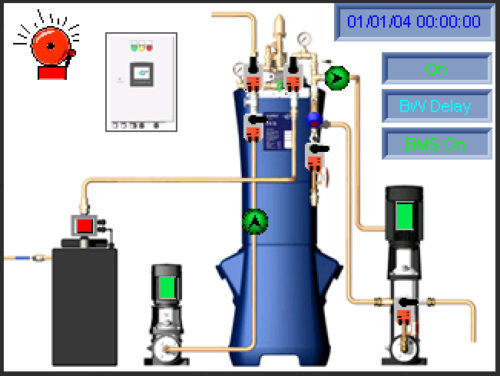Data centres use around 3% of the world’s electricity supplies. Although this is a significant proportion, the sector has managed massive growth over the past ten years while achieving impressive energy efficiencies. And despite the growing demands of artificial intelligence, by 2030, it is estimated that data centres will account for 4% of the world’s electricity use.
However, these figures disguise local issues for data centre developers and managers. They are under growing pressure from national governments to reduce their burden on local power supplies and to shrink their carbon footprint in line with national goals.
For example, in the past few years, both Singapore and the Republic of Ireland have paused data centre development for periods to discuss how to manage energy and its impact on national electricity supplies.
The challenge is that the key measure for data centre efficiency, PUE (Power Usage Effectiveness), is reaching optimum levels. The Uptime Institute reports that marginal improvements in PUE have fallen since 2014. So, the question is, how can data centre managers find further energy efficiency improvements?
One answer may be in their approach to water treatment. Around half of energy use in data centres is for cooling—a mission-critical factor that keeps IT systems running effectively. The type of cooling system used today tends to be water-cooled or air-cooled. Water plays a key role in both types, and the quality of that water impacts cooling delivery and energy use.
Water treatment controls issues such as corrosion and the formation of scale which both impact the energy efficiency of cooling systems. Solids suspended in water reduce its ability to transfer heat energy, increasing the cooling system’s energy use.
Another important aspect of water treatment is that it helps to prevent system breakdown. If contaminants such as minerals and bacteria build up in the system, this can increase corrosion and clogging. Poor water treatment will almost inevitably shorten the life of critical cooling system components including chillers.
Enwa’s approach to water treatment is its EnwaMatic Side Stream Filtration with Water Treatment. It’s ideal for data centres because it picks up debris in the water to less than 10 microns while regulating pH to inhibit corrosion and provide a harsh environment for bacteria. As it prevents the build-up suspended solids, corrosion and fouling, side stream filtration keeps the system running smoothly.
Another benefit of EnwaMatic is that it operates as part of a building management system (BMS). Automated backwashing combined with volt free contacts or Modbus option alert the maintenance team if there is a fault – yet requiring minimal intervention while it gets on with its job.

Data centre managers looking for every opportunity to save energy can benefit from a modern approach to water treatment. The Enwa approach will keep cooling systems operating and optimal energy efficiency, it will also support robust operation of the centre itself. And with the ability to automate the whole approach, busy facilities teams can focus on other issues, confident that water treatment is ongoing.
If you would like to learn more about water treatment and its impact on cooling systems, Enwa can deliver a CIBSE approved CPD seminar at your workplace – get in touch with us to arrange contact ENWA at uksales@enwa.com. And if you’d like to meet our team, we’ll be sponsoring DataCentre.ME events on 19th March and 2nd July this year, join us to find out how we can help you optimise energy efficiency with water treatment technology.







